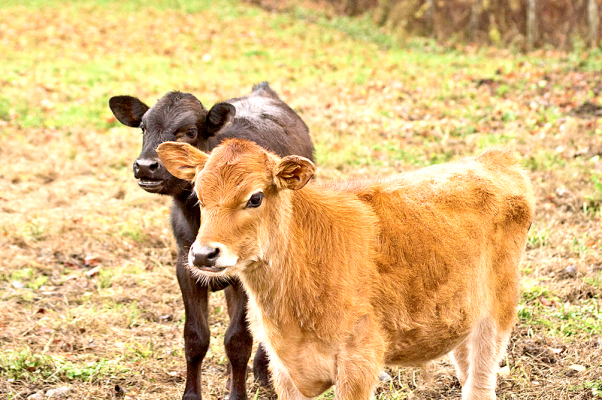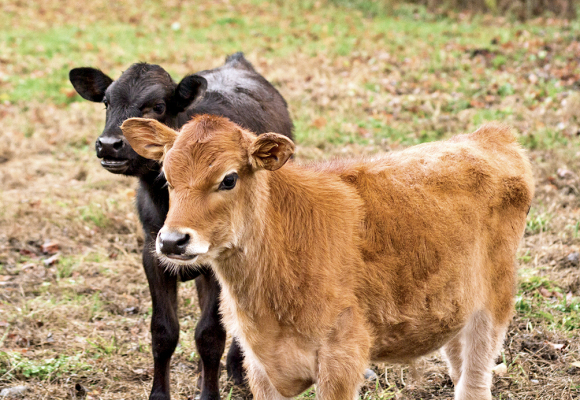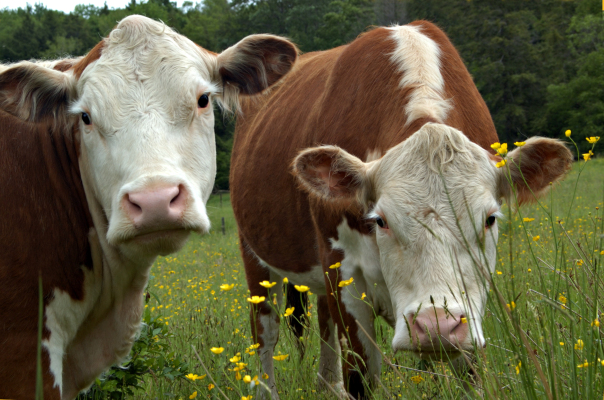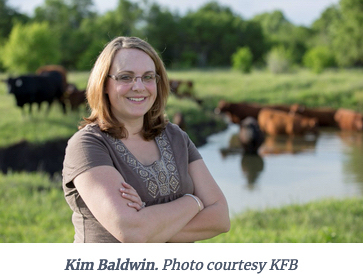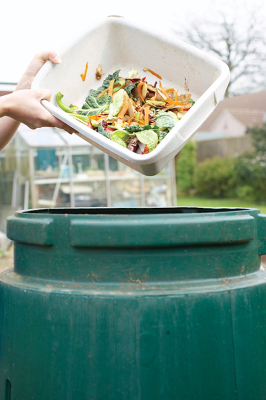Rachael Boyle, Phillips-Rooks District Extension Agent Agriculture and Natural Resources
Body
A preventative health plan is essential when preparing weaned calves for the next segment of the industry (as a stocker or feeder). When the plan fails and illness surfaces, the first suspicion is a failure in the vaccination program. There are numerous explanations for these failures: an overwhelming pathogen challenge, stress, immunological immaturity, improper nutrition, genetically limited immunity, poor quality vaccine and improper vaccine handling.



